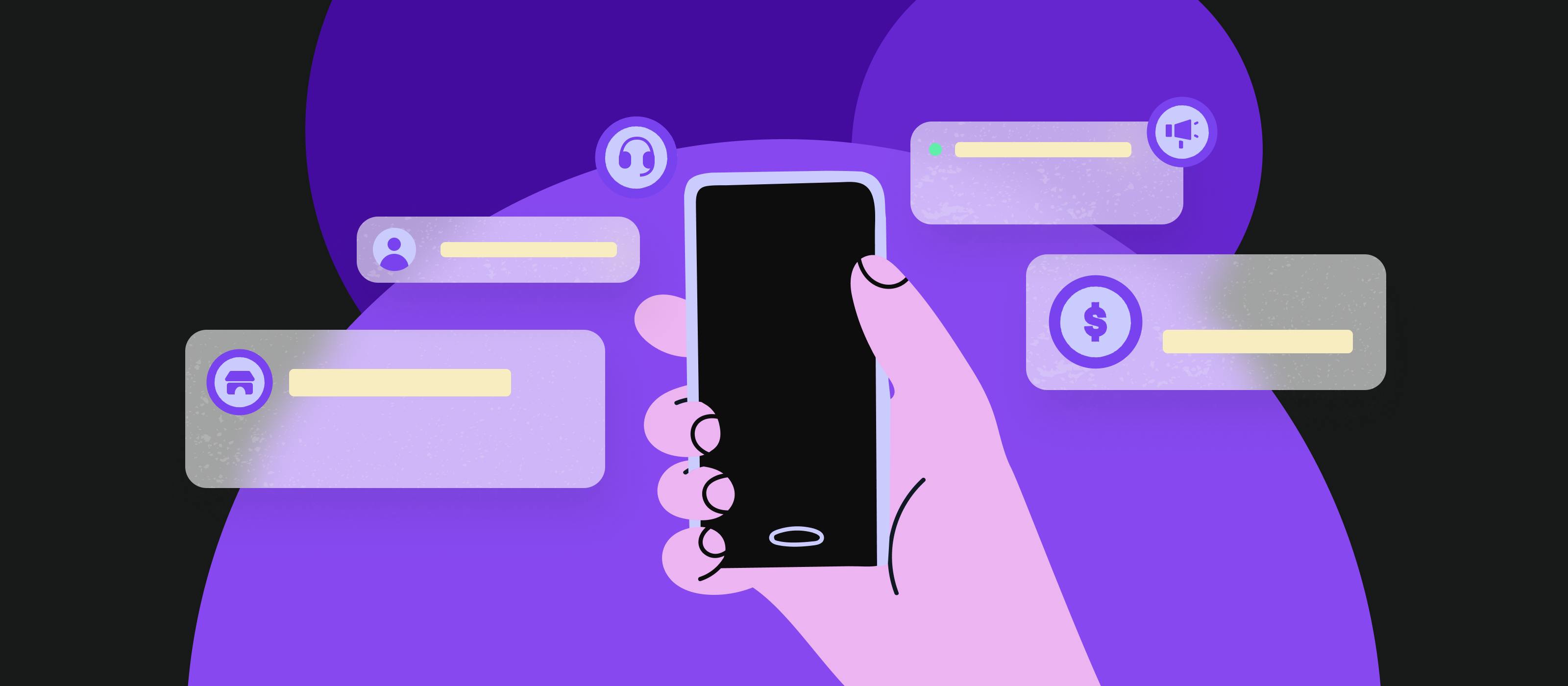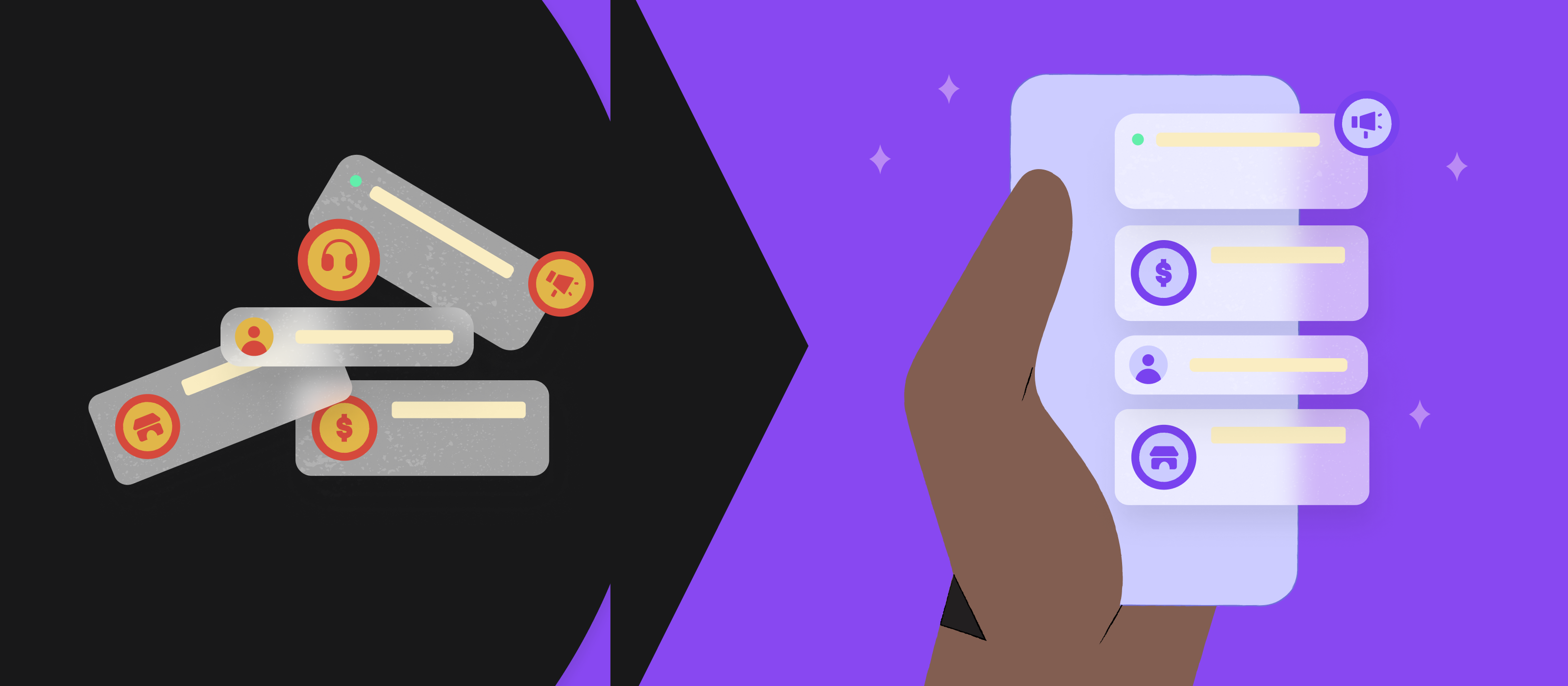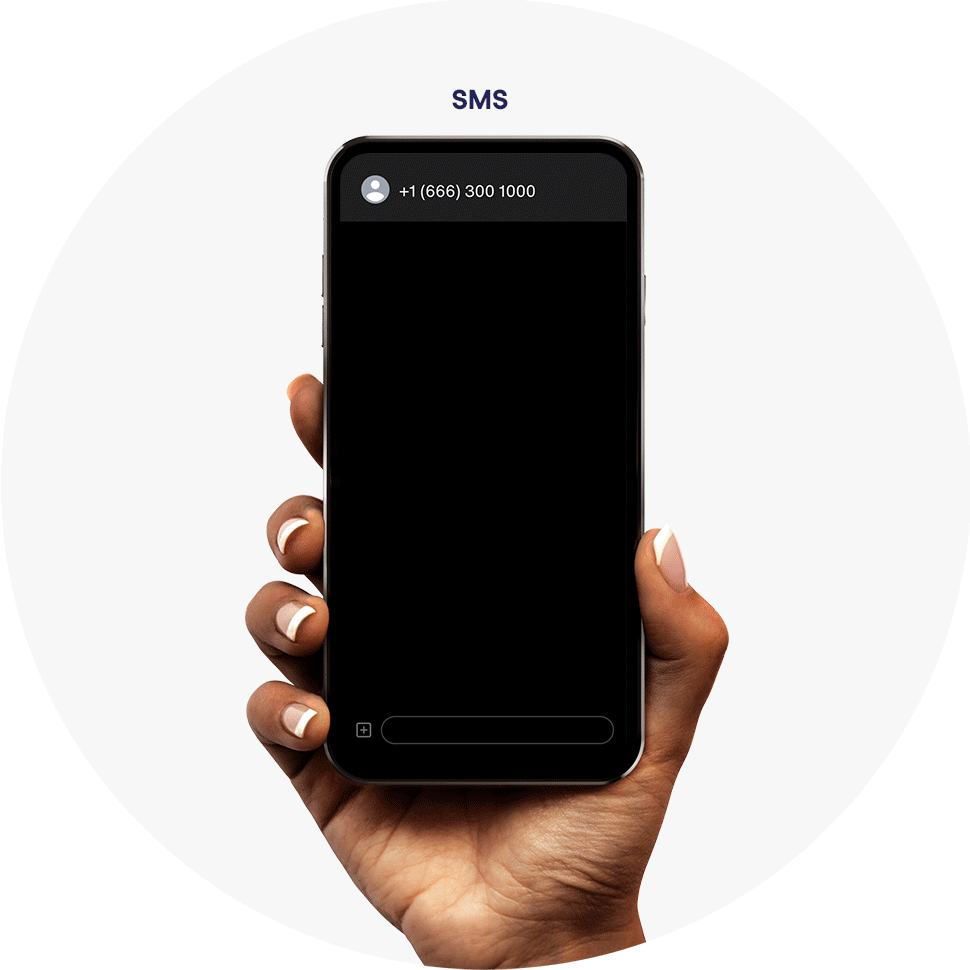What it takes to create a better mobile push notifications strategy

As you may have noticed, we’ve got push notifications on the brain these days. This time around, we will look closer at how to build an effective strategy using mobile push notifications for customer-facing communications.
Customer communication is a big deal. Get it right, and your business thrives. Get it wrong, and you risk the entire internet hearing about it. That’s why it’s key to make sure you’re not only sending good messages to your customers but also that you’re doing it in a way that’s both secure and helps you get noticed.
Before we dive in, remember that push notifications may look simple, but don’t underestimate their effectiveness for Android, iOS, React Native, and web apps! If you’re building push notifications for your app, check out this handy tester tool or FAQs that help you debug common issues.
The importance of effective communication between brands and consumers
The main reason to communicate with your customers is that it maintains engagement with your product, app, or business.
Brands have no shortage of reasons to reach out to customers. Effective communication results in building brand trust, driving transactions, proactively preventing fraud and telling people about security issues, and engaging and retaining customers. We’ve known the importance of strong communication with customers for a long time and, up until recently, email has been the darling of customer communications.
Interestingly, we’ve seen a change in how effective email can be, especially when compared to push notifications. As we noted in our previous post:
- Push notifications have a 90% open rate, 50% more than an email open rate.
- They also come with a 2.74% click-through rate.
- On top of that, 40% of notifications are checked within hours.
Before we dive too deep into the effectiveness of push notifications, let’s explore how you can communicate with your customers and what that looks like.
Customer communications tend to fall into four categories. These categories depend on your goals but typically can be categorized as support, transactional/operational, sales, or marketing communications.

[FREE TOOL] How does your app's engagement score compare to industry standards?
Support communications
These ones tend to be pretty standard communications. Customers initiate support when something goes wrong if their order doesn’t show up (or if it’s not right/damaged), or if they can’t figure out how to do a task within your app. They help your customers solve problems they’re having.
Transactional and operational communications
These two message types are similar but different. With operational messages, you’re sending out informative notices about what’s going on with your business or product. These messages might include “We’re experiencing a service problem and our app is temporarily unavailable” or “We’re closed today.” Ultimately, these are general messages meant to go out to everyone.
On the other side of that is transactional messages. These are one-to-one, personalized messages that are sent out during a transaction. It could include cart abandonment notifications or additional incentives.
Sales communications
Similar to transactional messages, these come up during sales and tend to be questions around products, like “Do you have this in blue?” or “Can I add team members to this plan?” The goal here is to satisfy those last few objections that your customers might have before they click buy.
Marketing communications
Finally, we have marketing messages. These are precisely what you think they are. Promotional messages that your company sends out to let people know you’re having a sale or you’ve introduced a new product or service (and whatnot). Marketing messages are probably one of the more common types of communications you send out and have been a staple of business-to-consumer messaging for years (think mailed flyers and even TV commercials).
The challenge with all these different kinds of communications is that they all tend to land in the same busy inbox these days, like SMS messages, WhatsApp, or even Gmail. The problem there is that these communal inboxes are crammed with messages that your customers know they probably should read, but the sheer volume overwhelms them.
Breaking out of the communal inbox
You want to choose a channel that allows you to relay the urgency of a message. Not everything needs to have the same weight, and with traditional forms of communicating with customers, it’s hard to create any kind of urgency (those little things on emails that indicate whether something is “important” don’t count because they don’t convey urgency).
This is especially challenging in the communal inbox. You can’t just silently deliver a message and then remind the customer about it later. Not only are most channels not capable of that kind of delivery but the communal inbox is owned and maintained by the consumer. If they don’t like something you’re doing, they can unsubscribe.

This is where push notifications outshine traditional communication approaches. You’re no longer vying for attention in that communal space; you’ve got an inbox you control. You’re giving them a dedicated space where they can see everything you’ve sent them. And, the context is higher because they don’t have to search for what they’re looking for. Consumers know there’s a message for them from you, and when they pop into your app, there it is.
When you provide a higher level of context, like “This message is about product X, which you can find right here in the app,” it leads to in-app workflows that improve the overall user experience.
Create a more secure communication channel
With better engagement stats, push notifications are much more secure than virtually every other channel. Communal inboxes, like SMS and email, are hotbeds for activities like phishing. It’s easy to create fake messages that look real. Often all you need to do is copy some branding, use a URL that looks “good enough” and send it out to as many people as possible.
With a persistent brand inbox, you’re not exposed to as much risk. You can’t just fake a push notification; you’re presenting messages from a verified identity, your brand. Push notifications are not likely to be spoofed because they’re coming through the app, not another random channel. The integrity of these channels is not yet compromised, and even if someone wanted to try, they’d first have to get you to download a bogus app, which both Apple and Google prevent.
This, in turn, builds trust in a major way. You’re sending out messages that are 100% from you every time. Your customers aren’t getting emails and thinking, “Why does the font look different?” or “What’s with the spelling mistakes?” Messages show up in a secured inbox that customers have authorized on their devices.
Brands that continue to send SMS are more or less putting their consumers at risk. They’re using inboxes to send messages that should be secure but aren’t. People get used to your emails, they get complacent, and suddenly they get a phishing email. That’s all it takes to get hacked and once that happens, your customers aren’t going to trust your messages ever again if you did nothing wrong in the first place.

If you care, drive your customers away from insecure mediums, like email and SMS, towards push notifications from your app.
Want to send better, more secure communications to your customers?
If you’re ready to improve your business-to-customer communication game, let’s talk. We’re big fans of exploring how push notifications can help improve trust, drive sales, and lead to more engaged customers for all kinds of businesses.
Contact us today to learn how we can help.










